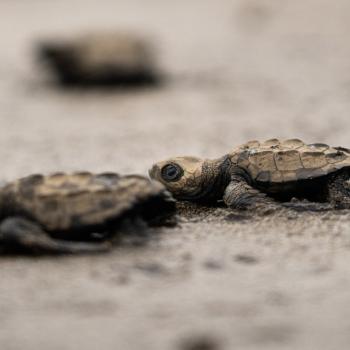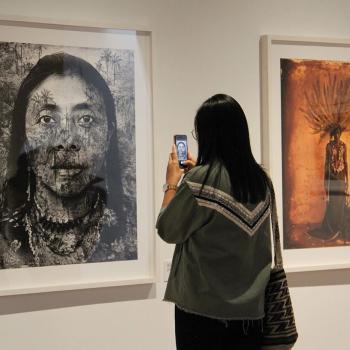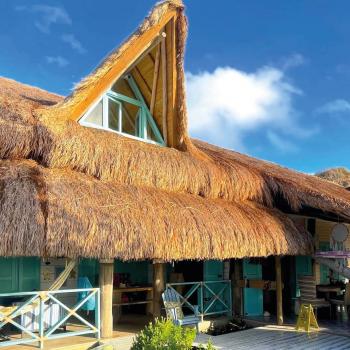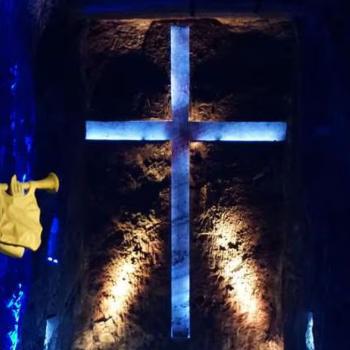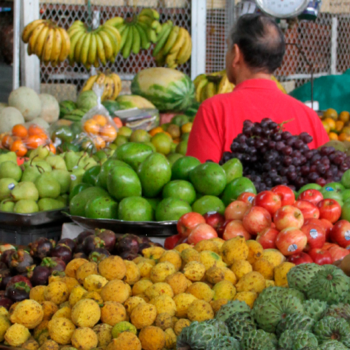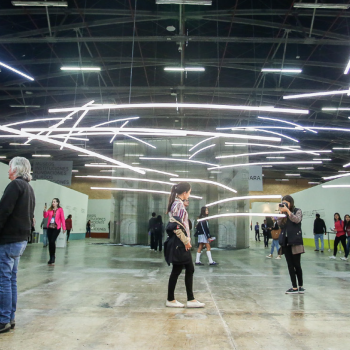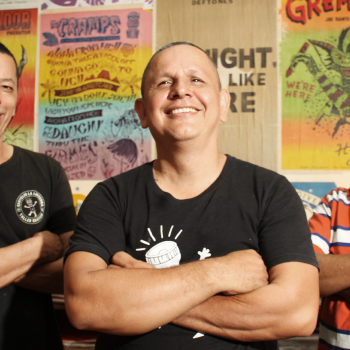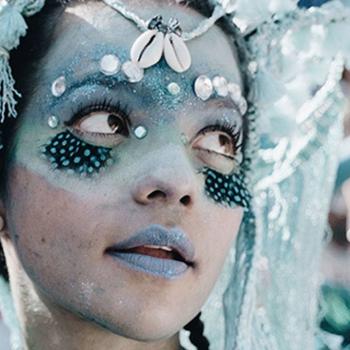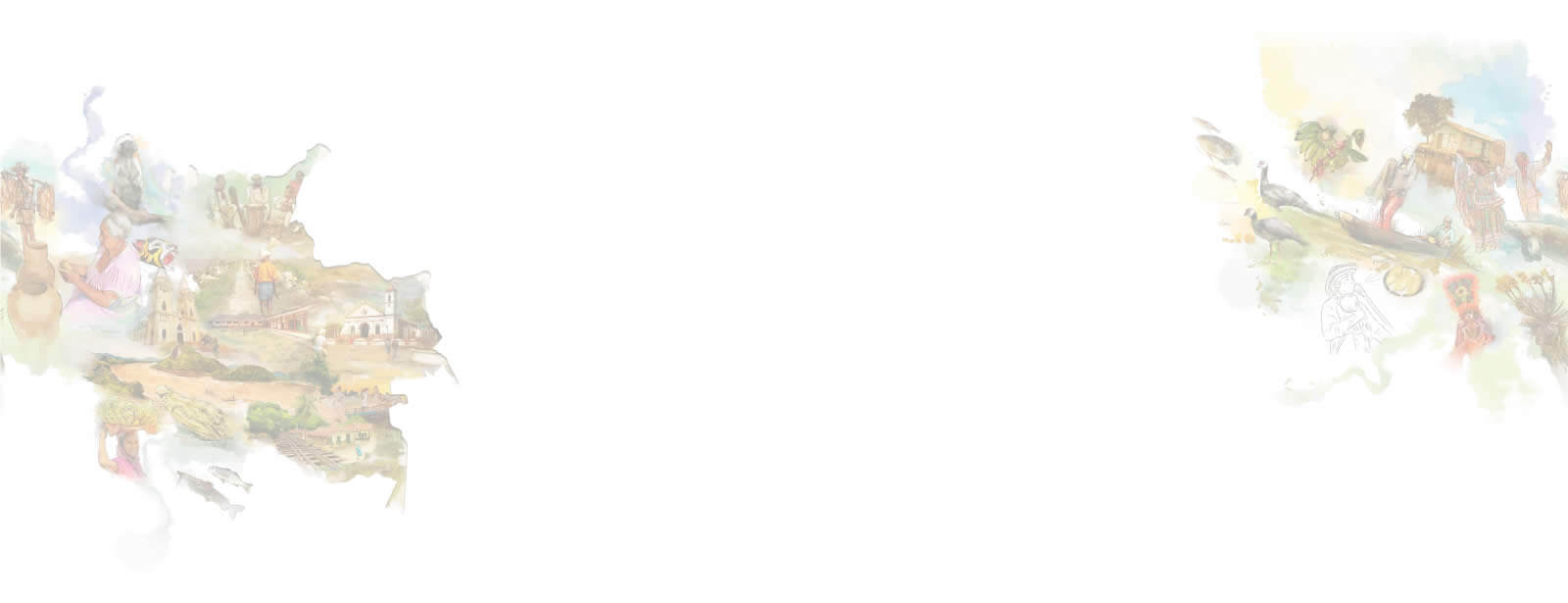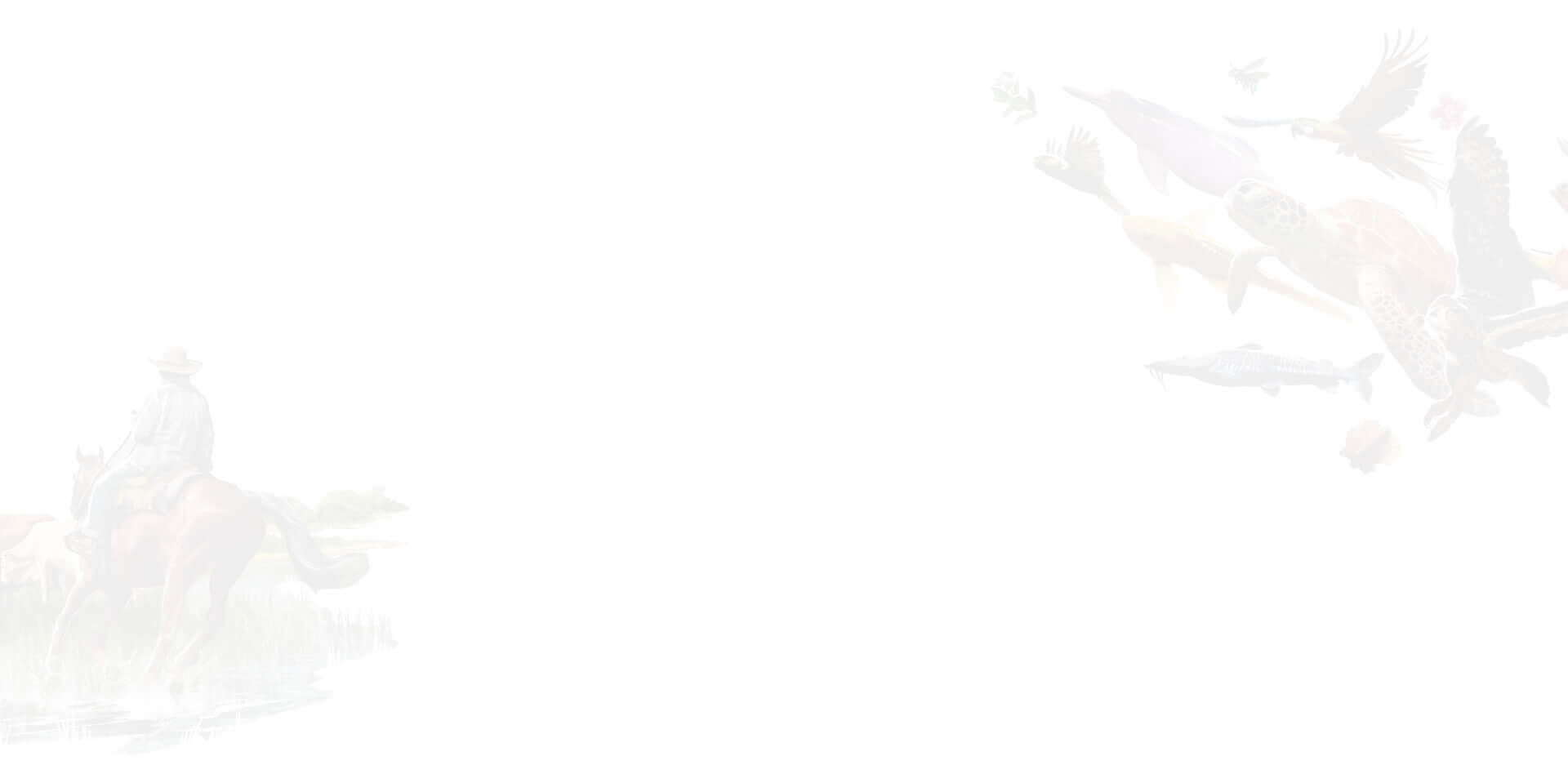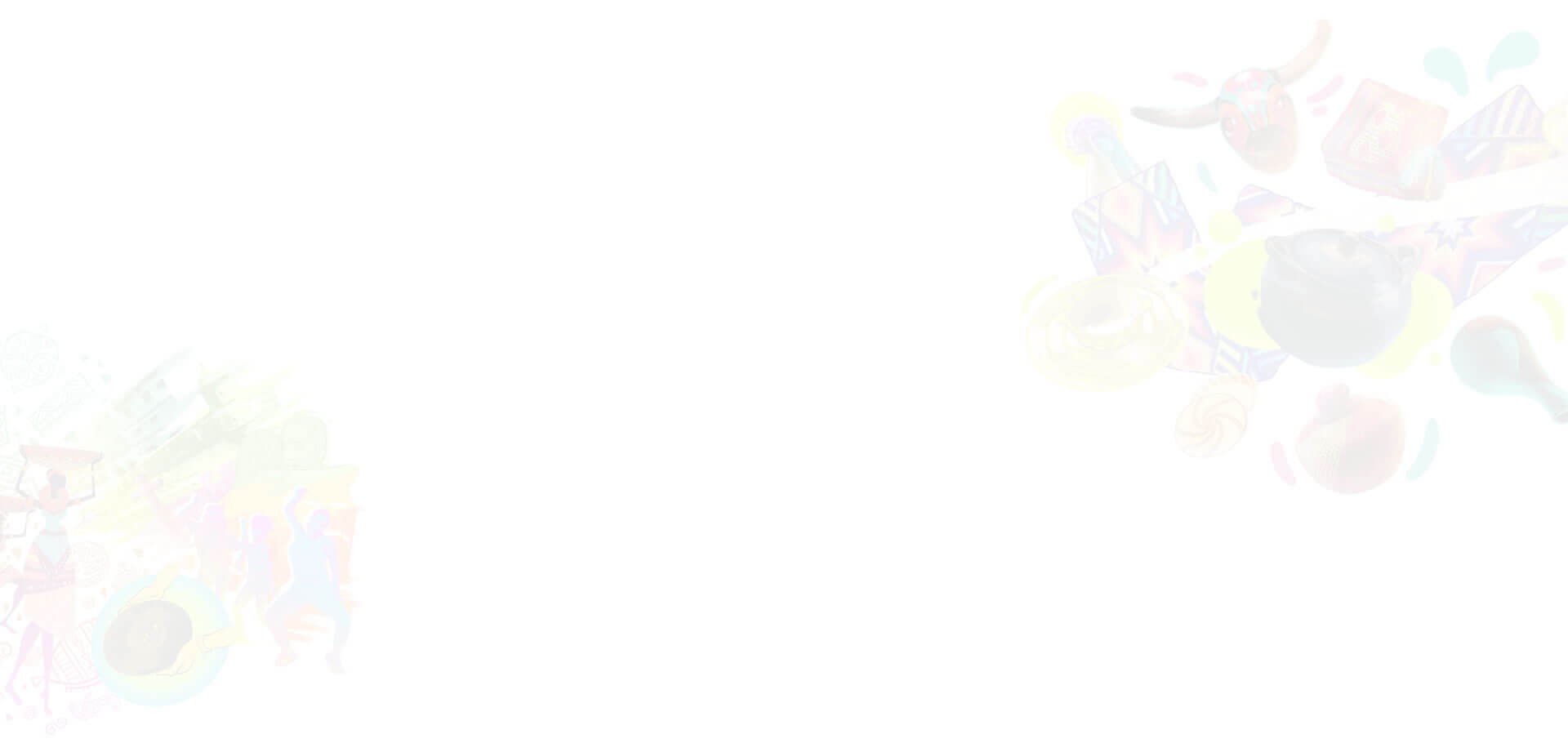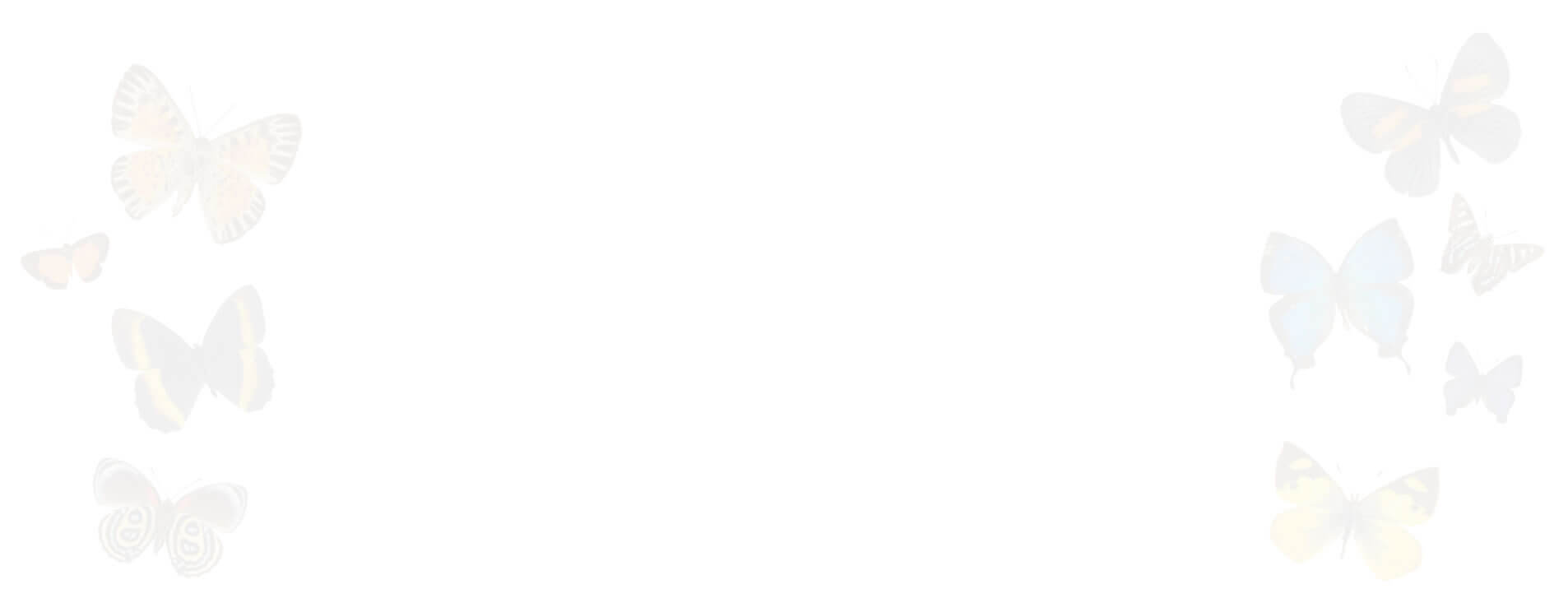The Golden Gate is Covered in Colors
“He who lives it, enjoys it”, call the people of Barranquilla year after year during the celebrations. This simple phrase contains a joyful truth: it is only possible to understand the experience of the Carnival by immersing oneself in this thriving Caribbean city and personally sample the cumbia, floats, masks and colors that flood the streets.
Carnival of Barranquilla
The Carnival of Barranquilla is always experienced as if it were the first time: locals turn into tourists every year during the season in which everything traditional becomes surprising in the eyes of foreigners and locals alike. A complete experience for the senses: an explosion of color on the bodies that overflow the crowded streets, a lunge of cumbia that enters the ears and runs through the body until the feet start dancing, a smell of sweat, sea and river flowing from the Magdalena bordering an entire thriving, open to the world and immensely festive city.
The traditional costumes and masks are a central element in this carnival that has been taking place in February, just before Ash Wednesday, every year for over a century in the main city of the Colombian Caribbean coast. Costumes play with the ability to dissolve identities and make everyone equal, while transforming people into someone different, distant from everyday life an immerse in a sort of musical trance.

A variety of characters in costumes and make up walk the city streets.
Hundreds of traditional costumes (like the mocking marimonda, the intimidating garabato and the colorful congos), choreographies, cumbiambas, comparsas and huge floats adorned with outlandish fantasy tour tirelessly several kilometers under the burning sun.
The Barranquilla Carnival is several carnivals at once and tours through multiple and varied areas of Barranquilla in parades such as the 44th Street Carnival, The Flower Battle at the Cumbiodromo on 40th Street, the King Momo Parade on 17th Street, the Grand Parade of Tradition and Folklore and the Grand Parade of Comparsas. Visitors don’t just stand and watch, they interact with the dancers and jesters, dancing and joking with them and the crowd; everything fuses in an immense performance to the sound of gaitas and drums. In recent years, other initiatives have emerged and pushed the city towards rescuing traditions in search of new cultural proposals. That is the case of the Carnavalada, which will celebrate its 19th anniversary in 2020. During the first part of the evening, people sit and watch plays, dances and circus-like performances. The party is on in a crescendo of emotion as people start as spectators and end up as active characters, turning on their own center of gravity until their bodies give out.
You might be interested in: Colombia in numbers.
The Night of the River is another organic and centrifugal festivity. Dozens of groups from different riverside areas follow the current of the Magdalena River and meet at the Caribbean Cultural Park, it’s not by chance that Barranquilla is just a step away from the delta river. The energy in the air makes you feel the fusion between the Magdalena and the Caribbean Sea in voluptuous Bocas de Ceniza; the salty environment meets the gaita (an instrument of indigenous origin, made of the stem of a cactus) and the tambora (an Afro instrument made from the heart of the ceiba tree). The fist is tragic, melancholic and sweet. The latter is epic, joyful and bombastic. The body becomes a the seam between the two. The Cumbia Wheel in Barrio Abajo and the and Tambó Night in the Peace Square are also huge performances which rescue the deepest roots of the Caribbean festivities and folklore.

Child in Bull costume in Dance and Cumbia Festival, held in the Peace Square.
But at times it would seem as though the Carnival doesn’t need special events or venues. It’s just one big parade, a single river flowing into the streets, neighborhoods, corners, shops, hotels, houses, courtyards. “He who lives it, enjoys it”, preaches one of the Carnival’s sayings. The city is transformed into a huge stage in which everyone is the creator and artist of their own joy, of their own transformation into someone else. No one is a stranger to others, no one is a stranger to you, not even the one with the most eccentric costume. Cumbia is heard about everywhere as a living cult, sensual and melancholic cram into to life and it’s natural limitations, so it invites us to compress in those short few days of vital rapture the indivisible divinity of which Borges spoke about. And that’s why the streets are closed off for these human currents to form bends of happiness and ecstasy. “I loved you deliriously and with unrestrained passion” says the famous song “te olvidé” (“I Forgot You”), considered the anthem of the Barranquilla Carnival.
Almost all of the tradicional dances in the Carnival allude to the condensation of happiness in the sidelines of life and delirium. The Congo is one of the most vivid costumes because of its humongous turban covered in artificial flowers, adorned with ribbons, lace and mirrors, with a long ribbon reaching almost to the character’s heels. It is, too, one of the oldest. The costume originates from the Congo in Africa and came to be known in Colombia through the Black African Cabildos that were held in Cartagena de Indias. Supported by big totemic representations: bulls, donkeys, tigers, the dance is depicts men getting ready for war, with a high hierarchical chief distinguishable by a larger turban and ribbon and by surrounded by a squad. Throughout the entire Carnival, a war to the death is declared on killjoys.

Garabato is another popular dance in the Barranquilla Carnival which embodies the crucial ambivalence between life and death. It is a countryside origin and it has been uprooted to the people, the sweat and the earth.
Thus, the costume carries the Garabato: a wooden stick that looks like a cartoon version of a scythe used to clear vegetation. The Garabato is confronted with the costume of a skull and it represents the fight between life and death. Folklore says that the scythe holds no power over the Carnival, and only during this time of grace and exuberance can life defeat death with drums and millo flutes.
Almost every dance and cumbiamba speaks of fusion, transgression and resistance. The Farotas Dance, for example, originating of Talaigua, near Mompox, in the neighboring department of Bolivar, recreates the way in which indigenous Faroto Warriors avenged their women being raped by the Spaniards, disguising themselves as women; An advancement and a symbol to what today we understand as gender struggles and feminist vindication.

Valeria Abuchaibe, Queen of the Barranquilla Carnival in 2018, during the Grand Parade on 40th Street.
Honoring all of the history behind the Carnival, the tradition and legacy that boils in each dance and costume, the Carnival Museum opened in 2019. A Carnival Museum started to operate. It offers its visitors an interactive multimedia experience through objects, videos, music, and texts related to the festival. Among its most attractive features, the second floor (out of three with diverse routes)stands out with the coronation dresses of 39 of the Barranquilla Carnival Queens between 1918 and 2019.
However, everyone knows that the Carnival is alive and well outside of museums. They also know that the true main player isn’t the show, but each Carnival spirit, updating the celebration and the dance of life itself, each soul crossed by the ancestral fire of the festival. It is also every local that becomes a foreigner surprised by their own idiosyncrasy and and every foreigner that becomes a raizal through the magic of revelry. This is why this year’s motto and main theme for the 2020 Carnival of Barranquilla is “For the people to enjoy!”. And since the people are the main players, I asked a local from Barrio Abajo what the carnival was and he replied with an anecdote, with the familiarity and spontaneity that the Caribbean folk master so well.
Text by Paul Brito







